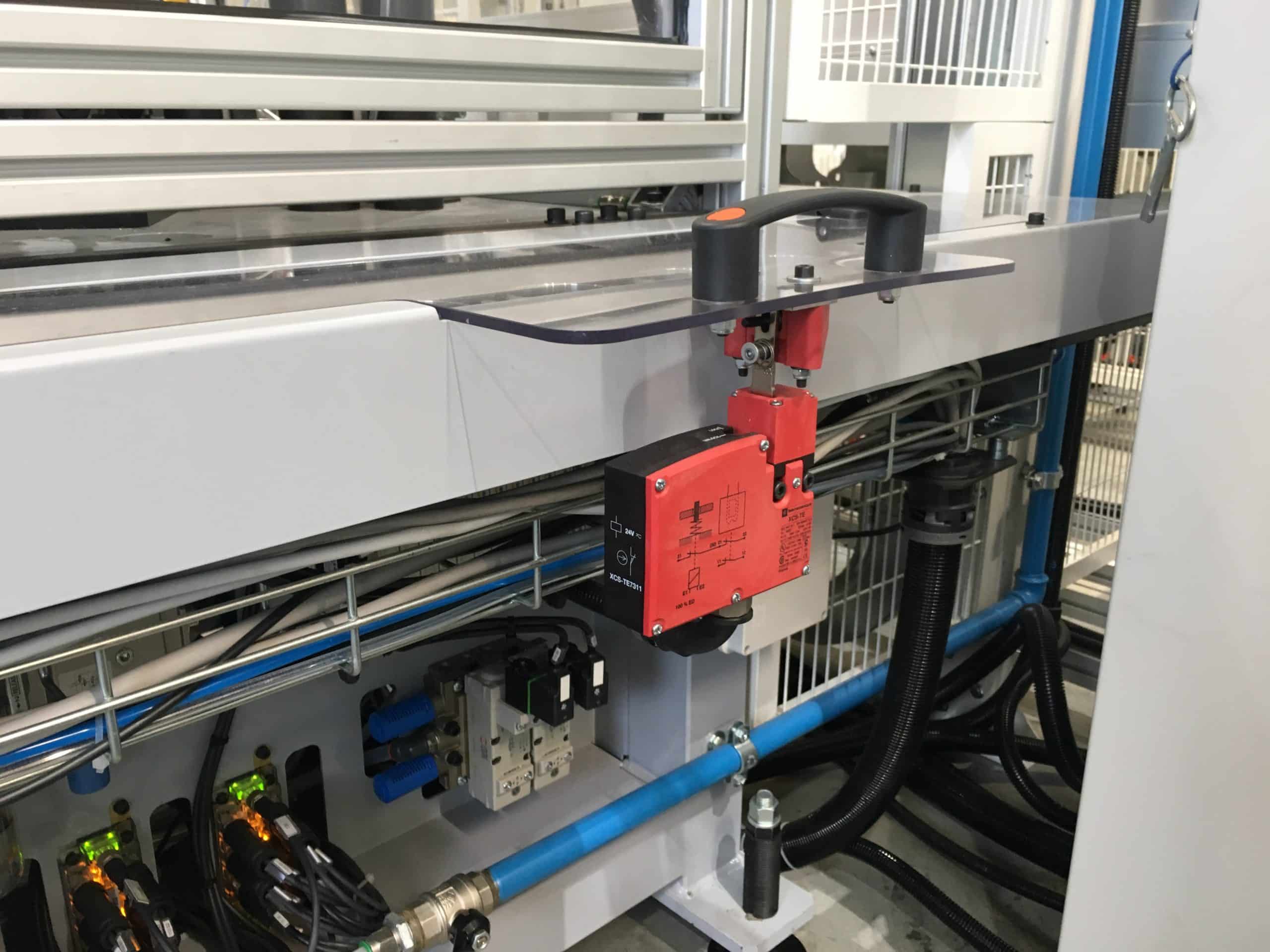Last edit: 26/02/2024

Failure Rate for Electromechanical Components.
This is an important aspect highlighted in the 2021 edition of IEC 62061.
Let’s consider, as an output safety subsystem, a contactor that prevents a saw to turn. The safety sub-function is the following: when the contactor coil is de-energised, the power contacts open.
Possible contactor failures are the following:
- The power contacts will open while the saw is normally working, despite nobody for example entered the safeguarded area: safe failure.
We suppose the opening is not due to the lack of the electrical signal; the signal is present, the coil is energised (1 ⇒ 1) and, despite that, the power contacts suddenly open. It can be considered very unlikely and therefore the failure rate related to this failure is considered λS≈0.
- The power contacts will not open when, for example, a person enters the safeguarded area; in other terms, its coil is de-energised (1 ⇒ 0) but the contacts gets stuck and do not open: that is a dangerous failure λD.
- The power contacts close “by themselves” despite having the coil de-energised (0 ⇒ 0): it’s a dangerous failure λD.
- The power contacts will not close once, the safety function is reset and the saw start button is activated, despite the contactor coil is energised (0 ⇒ 1). This failure is not relevant for our safety function and has an influence only on the Saw availability. That means it is a no effect failure λNE and not a safe failure.
That means, also in this case, λS ≈ 0 and therefore
SFF = (λS+λDD) / (λS+λD ) = λDD/λD = DC
That reasoning is valid for the majority of electromechanical components. Those components would be defined as Type A, according to IEC 61508-2. The reasoning is not applicable to Type B components.
While Low Demand safety systems are usually made with electronic components (type B), in High Demand safety system also use electromechanical components like Mechanical Interlocks, Pressure Switches and Contactors.
Give the above considerations, now clearly stated in the second edition of IEC 62061, manufacturers and laboratories should be careful to attribute safe failures to Electromechanical components.